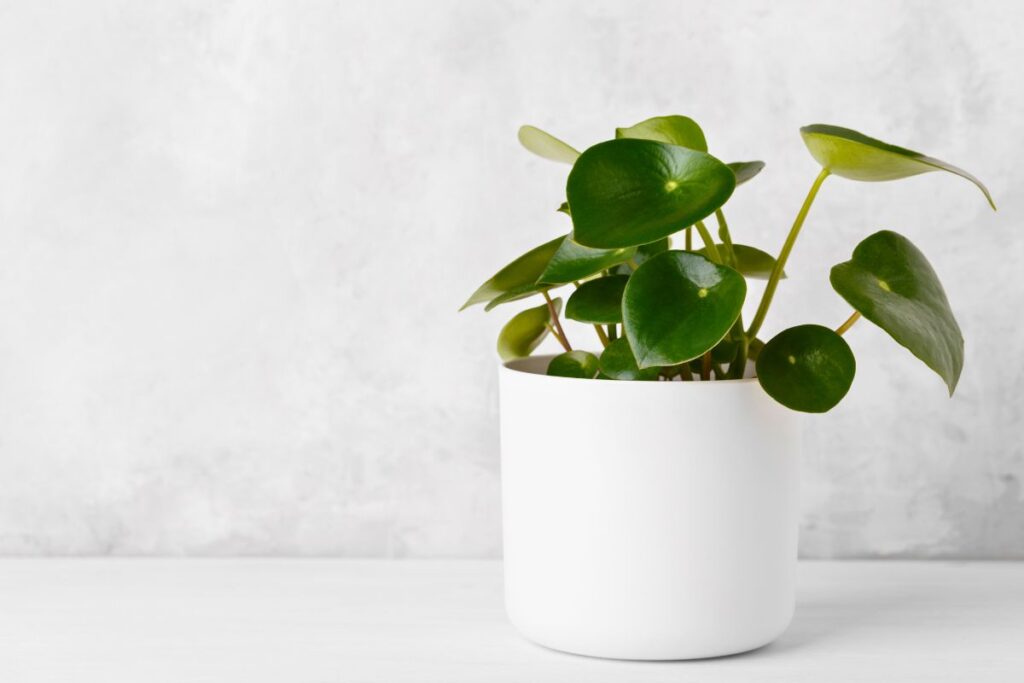Peperomia plants, with their diverse foliage and compact growth, are a favorite among indoor gardeners. These charming and resilient plants are not only visually appealing but also easy to care for, making them perfect for both beginners and experienced plant enthusiasts. This comprehensive guide will provide you with everything you need to know about indoor care for peperomia plants, ensuring they remain healthy and vibrant all year round.

Contents
Understanding Peperomia
Peperomia is a large genus in the Piperaceae family, comprising over 1,000 species. These plants are native to tropical and subtropical regions of Central and South America. Peperomia plants are known for their thick, succulent-like leaves, which come in various shapes, sizes, and colors. Some popular varieties include Peperomia obtusifolia (baby rubber plant), Peperomia caperata (emerald ripple), and Peperomia argyreia (watermelon peperomia). Their compact size makes them ideal for small spaces, windowsills, and tabletops.
Light Requirements
Peperomia plants thrive in bright, indirect light. They can tolerate low light conditions but may not grow as vigorously or produce their best foliage colors. Avoid direct sunlight, as it can scorch their delicate leaves. Place your peperomia near a north or east-facing window, or in a spot with filtered light. If natural light is insufficient, you can use artificial grow lights to provide the necessary light.
Watering Routine
Proper watering is crucial for the health of peperomia plants. These plants prefer their soil to dry out slightly between waterings. Use a well-draining soil mix and a pot with drainage holes to prevent water from sitting at the bottom. Water your peperomia thoroughly when the top 1-2 inches of soil are dry. Reduce watering during the winter months when the plant’s growth slows down. Overwatering can lead to root rot, which is a common issue with peperomia plants.
Humidity and Temperature
Peperomia plants thrive in environments with moderate to high humidity, similar to their native tropical habitats. To maintain the necessary humidity levels, you can use a humidifier, place a tray of water near the plant, or mist the leaves regularly. Ideally, humidity levels should be around 40-50%.
When it comes to temperature, peperomia plants prefer a warm environment. They thrive in temperatures between 65-75°F (18-24°C). Avoid placing your peperomia near drafts, air conditioners, or heaters, as sudden temperature changes can stress the plant.
Soil and Fertilization
Peperomia plants prefer a well-draining soil mix. A combination of potting soil, perlite, and orchid bark works well. This mix ensures good aeration and prevents the soil from becoming waterlogged. It’s also a good idea to repot your peperomia every 2-3 years to refresh the soil and provide more space for root growth.
Fertilize your peperomia during the growing season (spring and summer) with a balanced liquid fertilizer diluted to half strength. Fertilize once a month to promote healthy growth. Avoid fertilizing during the fall and winter months when the plant’s growth slows down.
Pruning and Grooming
Pruning your peperomia helps maintain its shape and encourages bushier growth. Remove any dead or yellowing leaves and trim back leggy stems to promote new growth. Peperomia plants can be easily shaped by pinching back the growing tips. Regularly inspect your plant for pests such as mealybugs, spider mites, and aphids, which can damage the leaves and stems.
Propagation
Peperomia plants are relatively easy to propagate from stem or leaf cuttings. Follow these steps to propagate your peperomia:
- Select a healthy stem or leaf from the plant and cut it with a clean, sharp pair of scissors or pruning shears.
- Allow the cut end to callus over for a few hours to prevent rot.
- Insert the callused end into a small pot filled with a well-draining soil mix.
- Water the soil lightly and place the pot in a warm, bright location with indirect light.
- Keep the soil lightly moist until roots develop, which can take a few weeks.
Once the new roots are established, you can care for the cutting as you would a mature peperomia plant.
Common Problems and Solutions
Yellow Leaves
Yellow leaves can be a sign of overwatering or underwatering. Check the soil moisture and adjust your watering routine accordingly. If the problem persists, consider fertilizing your peperomia to provide the necessary nutrients.
Leaf Drop
Leaf drop can occur due to sudden changes in light, temperature, or humidity. Ensure your peperomia is in a stable environment with consistent conditions. Avoid moving the plant frequently and provide adequate light and humidity.
Pests
Common pests that affect peperomia plants include mealybugs, spider mites, and aphids. Regularly inspect your plant and treat any infestations with insecticidal soap or neem oil. Isolate affected plants to prevent the pests from spreading to other houseplants.
Conclusion
Peperomia plants are a delightful and resilient addition to any indoor garden, offering a variety of foliage and compact growth. By providing the right light, water, humidity, and care, you can ensure your peperomia plant thrives and remains healthy. With a bit of attention and patience, you’ll be rewarded with a stunning and vibrant plant that will bring charm and elegance to your home.
